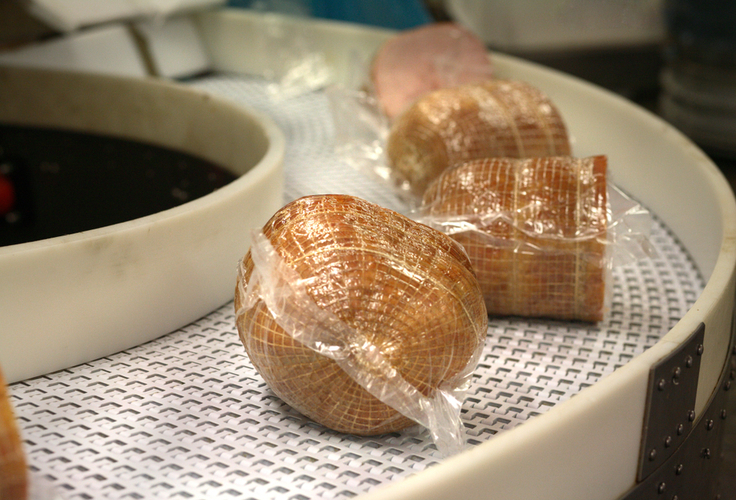Vacuum packing is a process used in the food industry — and at home — to preserve certain types of foods and drinks. Vacuum packing systems run the gamut from simple, manually operated machines that can sit on a kitchen counter to high-speed, fully automated thermoforming devices integrated into high-volume food processing lines.
Regardless of the size and sophistication of the system, vacuum packing typically requires a shrink bag or shrink film to contain the food, along with a machine that removes, or vacuums, the air from the bag before it is sealed.
Benefits of Vacuum Packing
Vacuum packing maximizes the experience of actually eating the food, as well as preserving its nutritional value. Here’s how:
- Prevents spoilage. Removing oxygen from a bag before sealing it limits the growth of bacteria and fungi that cause food to spoil. That’s how vacuum packing extends the shelf life of certain foods — and helps maintain taste and nutritional value.
- Protects against freezer burn. Without oxygen, moisture will not develop inside the bag, which is why vacuum packing inhibits freezer burn. This is an important benefit for food items stored in the freezer for extended periods of time.
- Retains moisture. While vacuum packing prevents moisture from developing inside the bag, juices and other liquids within the food are preserved. Vacuum packing is an excellent option for marinated foods, juices, fruits and other products susceptible to dehydration.
- Color, flavor, texture — but no odor. Vacuum packing allows food to retain its color, texture and flavor, which are important aspects of enjoying the dining experience. By inhibiting spoilage, vacuum packing also prevents unsavory odors from affecting the food.
- Extends storage time. Vacuum-packed food will last about three to five times longer than food stored in standard plastic bags or plastic containers.
Common Foods That Are Vacuum Packed
Many types of foods are excellent candidates for vacuum packing, including foods stored at room temperature along with refrigerated and frozen foods. Popular vacuum-packed foods include:
- Candy
- Cheese
- Chocolate
- Fresh meat
- Fruits
- Grains
- Herbs
- Nuts
- Processed meat
- Seafood
- Vegetables
Vacuum Packing Must Be Done Properly
It’s important to note that vacuum packing, while beneficial in many cases, is not a substitute for canning foods. Also, some harmful bacteria can grow without air, and this may be hard to detect just by looking at the food. To reduce potential food quality issues, be sure you know how to vacuum pack food safely:
- Keep all food preparation areas clean, including counters, cutting boards and utensils.
- Label each bag before storage, indicating the type of food and the date it was packaged.
- Limit hand contact with food — or better yet, wear gloves.
- Never cross-contaminate food during the vacuum packing operation.
- Make sure all food is thoroughly cleaned before packaging.
- Make sure the bag is completely sealed.
- Store dried foods (for example, crackers and nuts) at room temperature, and store anything else in the refrigerator or freezer.
- Wash hands thoroughly before and after vacuum sealing.
GWC Packaging: Expertise in Vacuum Packing Systems
With our extensive experience in vacuum packing, we can assist you in selecting the best equipment and packaging shrink films, whether for home use or in a low-, medium- or high-production food processing operation. From system specifications to testing to installation to ongoing supply replenishment, our sales and service teams are available around the clock to keep your business going.
GWC Packaging supplies a full range of food packaging solutions. Contact us to learn more about what makes us a one-stop shop for packaging equipment and materials in the food industry.
